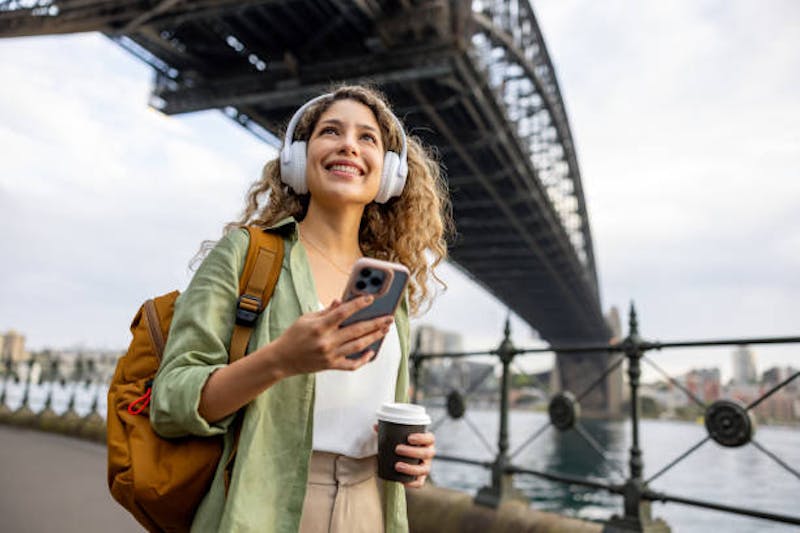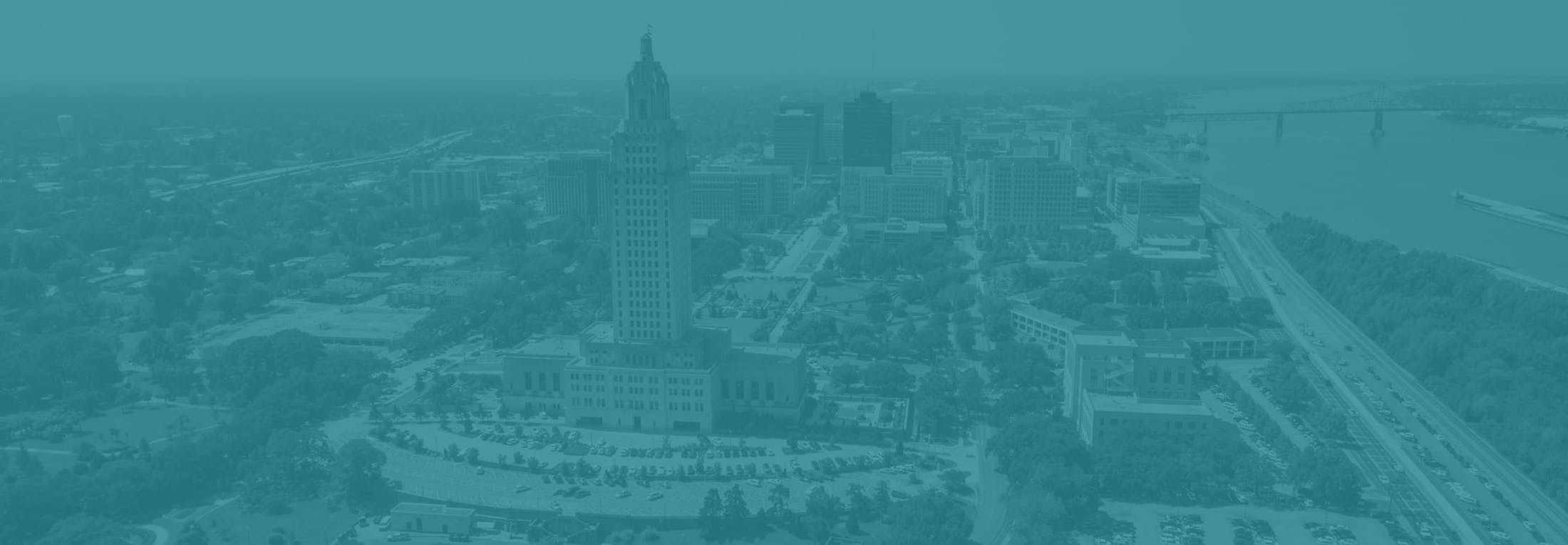
The world around us is getting louder, and our ears are paying the price. While most people associate hearing loss with concerts or loud jobs, everyday environmental noise can be just as harmful.
At Louisiana ENT Specialists, our board-certified ENT physicians and audiology experts have seen firsthand how constant noise exposure can erode hearing over time. As the largest ENT network in Louisiana, we’re dedicated to helping our communities understand how where you live shapes your hearing health, and what you can do to protect it.
In this article, we’ll explore how noise pollution affects the ears and brain, why urban and rural noise pose different risks, and what practical steps you can take to preserve your hearing for years to come.
What Is Noise Pollution?
Noise pollution refers to any unwanted or harmful sound produced by human activities. Common sources include loud entertainment such as concerts, sporting events, and nightclubs, as well as daily urban sounds.
Over time, these constant or high-volume sounds can:
- Damage the delicate hair cells in the cochlea (inner ear)
- Disrupt sleep and increase stress levels
- Contribute to long-term or permanent hearing loss
Because these sensory cells do not regenerate once damaged, even moderate but repeated exposure to loud environments can gradually erode hearing health.
Urban Noise: Constant, Complex, and Cumulative
City life surrounds us with a constant mix of sounds, many of which reach levels that can quietly damage hearing over time. Common urban noise sources include:
- Road traffic: Cars, buses, motorcycles, and the sound of horns.
- Emergency sirens and public transit: Trains, subways, and ambulances.
- Construction and industry: Jackhammers, power tools, and factory equipment.
- Nightlife and entertainment: Concerts, bars, and outdoor events.
Research shows that many city environments regularly exceed safe noise levels, often topping 70 dBA, the threshold at which hearing and overall health begin to be affected (Assessment and prediction of noise pollution–induced health impacts in urban environments: a structural equation modeling (SEM)– based approach).
Key findings from recent studies include:
- Many urban monitoring sites recorded consistent noise levels around 70 dBA, directly linked to health complaints such as stress and sleep disruption
- Even city parks, often considered “quiet zones,” showed peak sound levels between 54 and 82 dB, indicating that no urban area is truly silent (A spatial exploration of relationships between noise exposure, poverty and visitor satisfaction in Providence parks: A pilot study | Urban Ecosystems)
While cities use tools such as sound barriers, green zones, and zoning regulations, the constant low-level hum of urban life continues to pose a challenge—particularly for people living near highways, train lines, or industrial areas (Noise pollution mitigation and control in urban areas near international borders through 2D noise mapping | Scientific Reports).
Rural Noise: Different Sources, Different Risks
Common rural noise sources include:
- Agricultural machinery: Tractors, combines, pumps, and chainsaws.
- Rural industry: Mills, workshops, or drilling equipment.
- Recreational vehicles: ATVs, dirt bikes, and boats.
A study from India found that urban populations had a higher incidence of high-frequency hearing loss than rural groups—but both showed clear signs of noise-related damage (Effect of Everyday Noise on Hearing in Rural and Urban Populations: A Comparative Study).
A recent U.S. study estimated that hearing loss is more common in rural areas than in urban areas, attributing this to outdoor work, recreational noise, and limited hearing care access.
Reporting on the same study, Axios noted that the geographic data challenges the assumption that cities always suffer more hearing loss, suggesting instead that rural populations may be at a greater risk.
According to HealthDay, coverage of the study similarly states that hearing loss affects approximately 37.9 million Americans and appears to be more common outside cities than within them.
The irony is that city dwellers face constant background noise, while rural residents are exposed to sudden bursts of loud sound—like machinery or gunfire—that can be just as damaging. Because these noises often occur unexpectedly, people in rural areas may not consistently use hearing protection, putting their ears at greater risk over time.
Strategies to Protect Hearing in Any Setting
No matter where you live, follow our top tips to protect your hearing:
- Know safe exposure limits: Sounds above ~85 dB over prolonged periods begin to pose danger; louder peaks require shorter safe exposure time.
- Use hearing protection: Earplugs, earmuffs, or custom-made hearing protection can reduce exposure during loud events.
- Limit noisy exposure: Whenever possible, step away or reduce time spent near loud machinery, tools, or engines.
- Adopt quieter alternatives: Use lower-noise equipment, sound barriers, or quieter operational hours if feasible.
- Schedule regular hearing checks: Early detection lets us intervene before damage becomes permanent.
- Raise awareness and advocate locally: Community planning (zoning, noise barriers, quiet zones) can reduce environmental noise load.
Partner With Louisiana’s Trusted Experts in Lifelong Hearing Health
Hearing is one of our most precious senses, and noise pollution, whether urban or rural, threatens it silently and steadily. At Louisiana ENT Specialists, our audiology team is equipped to evaluate, monitor, and help protect your hearing with precision and compassion.
If you live in a noisy area—whether in the city or countryside—and are concerned about your hearing health, schedule a hearing evaluation with us. Let us help you safeguard your ears, preserve your ability to connect with sound, and live well in whatever environment you call home. Contact us today to schedule your consultation and discover how we can assist you.

